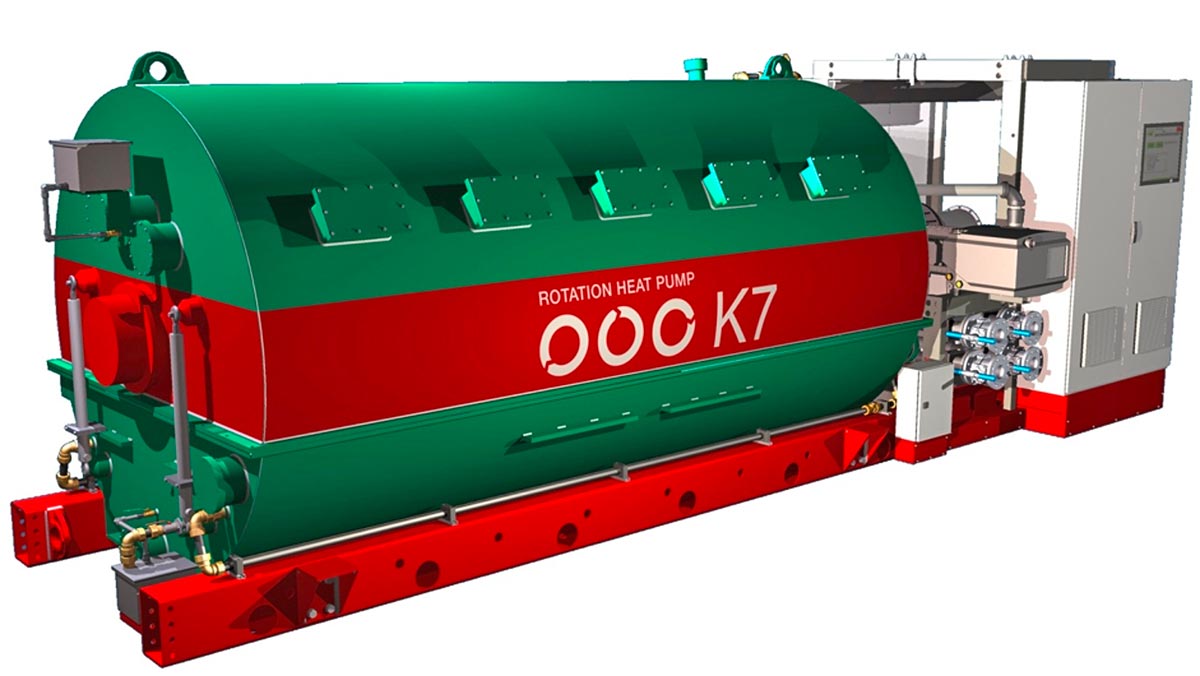As the share of electricity generated from renewables increases, while inevitably fluctuating, there is a growing need to make the demand for electricity more flexible. Surveys in several countries reveal that, in conjunction with heat storage facilities, there is considerable potential for electricity in space heating (power-to-heat, P2H), with the aim of making the overall electricity/heat/gas energy system more flexible at low cost. Up to now power-to-heat has employed electrode boilers to convert surplus electricity into heat, which is then stored. At Vienna University of Technology‘s Institute for Energy Systems and Thermodynamics the potential of power-to-heat approaches involving heat pumps in urban areas is being investigated in collaboration with partners in Austria and abroad.
Innovative power-to-heat systems
Thermodynamic simulation is used to analyse how suitable various P2H system configurations are. The comparison involves resistance heating-element boilers, compression heat pumps with various refrigerants, and rotation heat pumps supplied by the company ECOP with an inert gas mixture as refrigerant. The ECOP Rotation Heat Pump, which uses a special process that makes high temperature bandwidths feasible in conjunction with a high coefficient of performance (COP), appears particularly promising in the field of district heating. Whereas the temperature ceiling for the heat supplied from conventional heat pumps (employing the two-phase process) is limited to around 100°C, the ECOP heat pump using the so-called Joule Process achieves temperatures up to 150°C.
Comparing cost-effectiveness
Inter alia this research project is intended to identify the economic potential for these pioneering system configurations in urban areas for 2020, 2030 and 2050 timeframes. With the HiREPS simulation programme developed by the Energy Economics Group (EEG) at Vienna University of Technology 20 different district heating grids are being compared. This shows how cost-effective resistance heating-element boilers, heat pumps and expanding heat storage facilities to cope with surplus electricity from renewable sources of energy are.
The legal, fiscal and regulatory frameworks are also being investigated. ENERGIEANALYSE.DK, the Danish partner in this project, provides practical P2H experience from Scandinavia, while Energie AG contributes practical experience with district heating.
CONTACT
Johannes Nagler, Institute for Energy Systems and Thermodynamics, Vienna University of Technology
johannes.nagler@tuwien.ac.at
www.eeg.tuwien.ac.at/P2H-Pot
